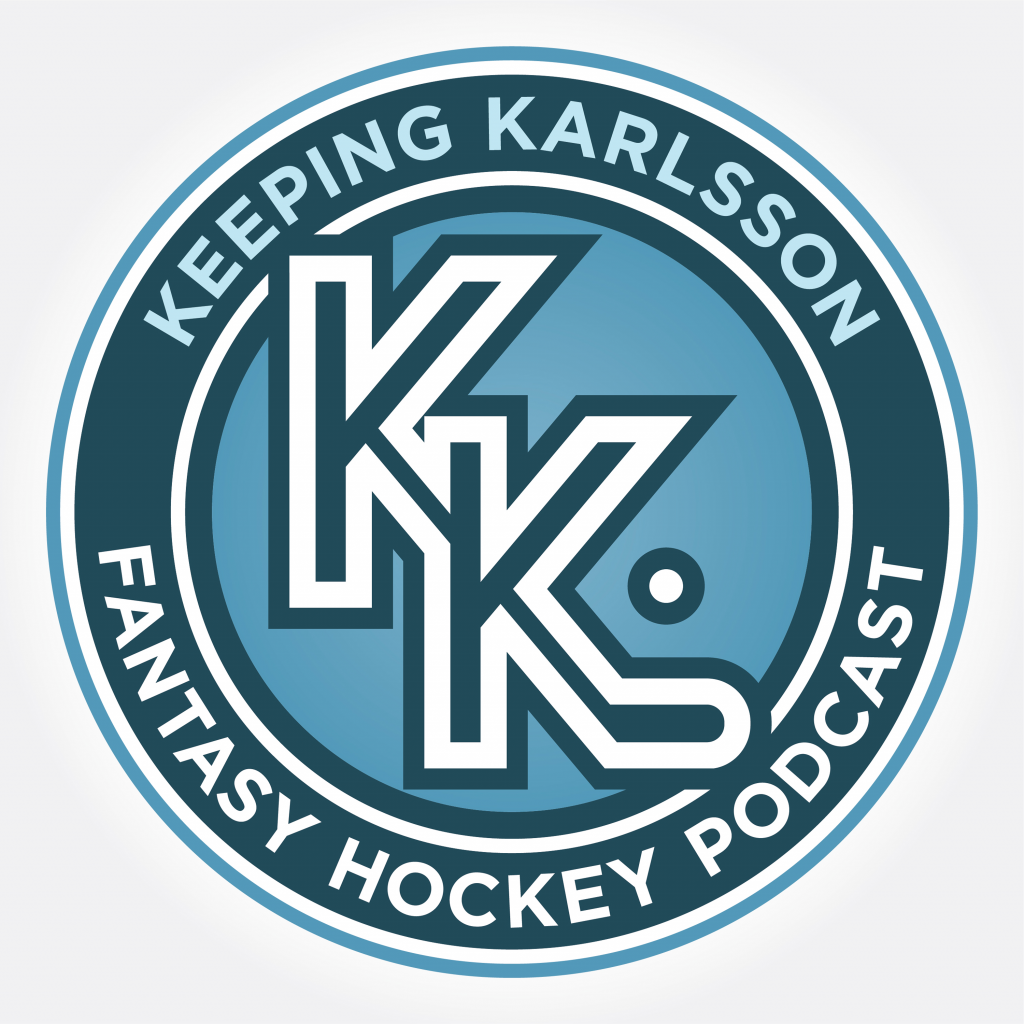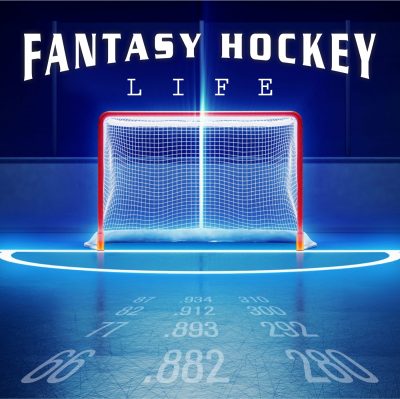
The introduction of the NHL salary cap changed everything about managing an NHL team.
Many have mourned the death of the "hockey trade" – the increasingly rare swap that is simply about hockey talent, and not about dollars and cents. Teams that were accustomed to pursuing every big name to hit the market, regardless of the financial implications, suddenly had to become more selective in their pursuits. Drafting and development took on greater importance, as good, young players with low cap hits became key to building a championship-calibre team. Many teams took several years to truly learn the ins and outs of the cap system, making costly mistakes before discovering what it takes to be successful under the new constraints.
Likewise, the advent of the cap system revolutionized many fantasy leagues. In an attempt to imitate the big leagues as closely as possible, countless fantasy commissioners jumped on board the salary cap train and introduced caps in their leagues, radically changing the game.
This article is the first in a series examining issues that commissioners face in cap leagues. Today we'll simply look at the pros and cons of introducing a cap to your league; in future articles we'll examine different types of cap systems, setting your cap number, and tangential issues that arise in cap leagues.
The Case for the Cap
The primary reason that most leagues include a cap system is to reflect NHL reality. For those of us who view our fantasy teams as a virtual reality NHL GM experience, a salary cap makes the game all the more genuine. If your aim is to create the fantasy equivalent of the NHL environment, a cap is a must. Not everybody falls into this category, however, as we'll discuss below.
A salary cap increases the challenge of a league exponentially. It introduces an overriding factor that must be considered in every decision. As NHL GMs often lament, trades become more complicated to execute because, not only do the talent packages have to match up well, so too do the salaries going each way. For numbers geeks, this is heaven.
Just as the cap is credited with creating NHL parity, a fantasy cap evens the playing field. It prevents the best teams from acquiring an overwhelming number of top producers, and (at least in theory) helps ensure a more equitable distribution of talent throughout the league. In my non-cap, 14-team league, my current roster carries a cap hit this season of $104 million, with several players due for sizeable raises next season. There's no way a roster like that could be put together in a cap league, which would be bad for me but good for competitive balance.
Finally, a salary cap creates the thrill of the bargain. We all know the rush when a late round sleeper pans out and produces at unexpectedly high levels. That joy is electrified when a million dollar player starts scoring like a 6-million dollar man. See Karlsson, Erik for Exhibit A.
The Case Against the Cap
While some may exult in the added challenge of a salary ceiling, others will hate what seems like an artificial constraint on a fantasy game that is, in the end, all about having fun. I have to admit, it's been awfully enjoyable constructing a team that could never exist in a cap world, and though a cap brings its own fun, part of me prefers the fantasy-without-limits scenario that a non-cap league makes possible.
One of the first things an astute manager will notice is that some players become virtually undraftable in a cap league. For example, you wouldn't want to touch Scott Gomez with a 10-foot pole. With his comical production this season, that would be the case in any league – cap or no cap. In the previous few seasons, though, Gomez would have remained serviceable (albeit disappointing) in non-cap leagues, but his humangous big cap hit destroyed his value in cap leagues.
In addition, a salary cap may serve to push down the overall talent level in your league. As teams find themselves tight against the cap towards the end of the draft, they may find themselves having to pass over more talented players with higher cap hits in favour of cheaper, less productive options.
Finally, we have to recognize that many fantasy managers prefer simplicity over complexity. Not everybody aspires to be Ken Holland, and not everyone has time to do advanced mathematics in preparation for their fantasy draft. Some prefer to be able to make a trade without worrying about the fact that Glen Sather vastly overpaid the player they want. As a commissioner, you need to know your managers and determine what works best for your league. If you're starting a league from scratch, you have more freedom to create your rules and recruit managers who want to play under your system; but if you've already got a set group, it's important to tailor your rules so they work well for the participants you have.
What's your take? Do you prefer the challenge of cap constraints, or the freedom to build your fantasy roster, dollars be damned?

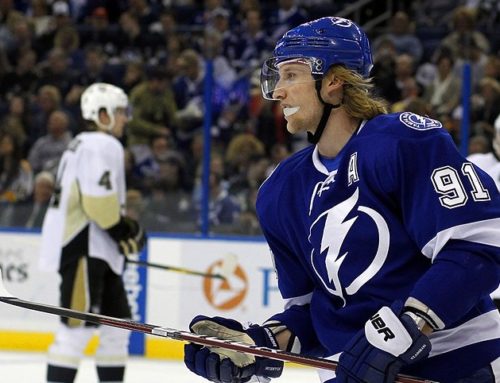
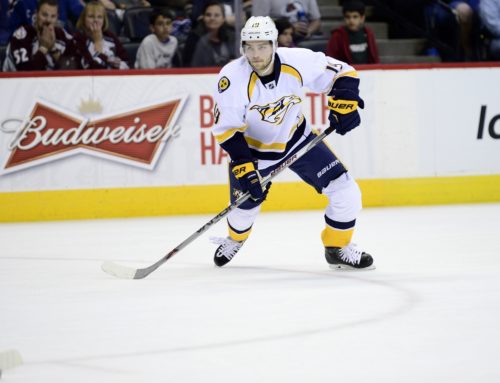
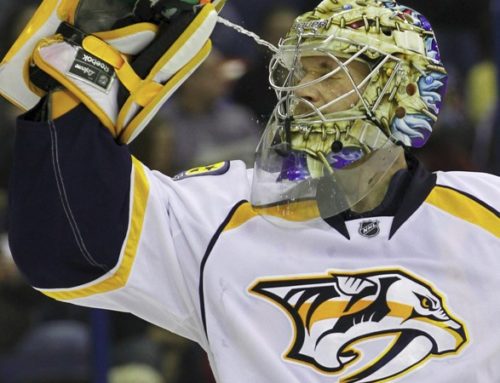
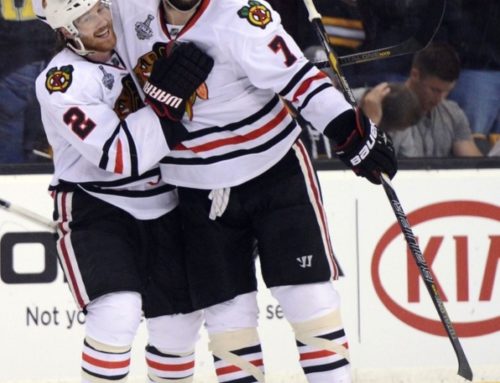
 FLA
FLA CHI
CHI NYR
NYR PIT
PIT L.A
L.A COL
COL ANA
ANA CGY
CGY BUF
BUF MTL
MTL CBJ
CBJ CAR
CAR DET
DET UTA
UTA DAL
DAL